Parker Solar Probe and Solar Orbiter team up to tackle 65-year-old sun mystery (www.space.com)
The sun’s outer atmosphere is vastly hotter than its surface. Scientists may be close to figuring out why.
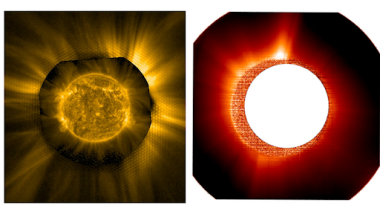
This magazine is from a federated server and may be incomplete. Browse more on the original instance.
The sun’s outer atmosphere is vastly hotter than its surface. Scientists may be close to figuring out why.

The galaxy 9io9 is seen as it was when the cosmos was just 2.5 billion years old, making this the earliest galactic magnetic field ever observed.

New research suggests the same conditions that created the cracks could have been favorable to the emergence of microscopic life. Scientists aren’t entirely sure how life began on Earth, but one prevailing theory posits that persistent cycles of wet and dry conditions on land helped assemble the
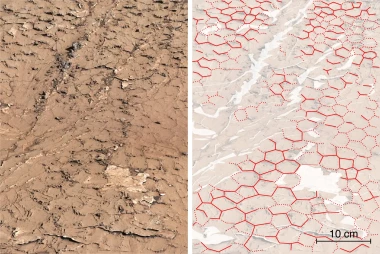
White holes are mathematically possible, according to general relativity. But does that mean they're actually out there?

Get ready stargazers: The Perseid meteor shower and a super blue moon are highly anticipated sights this August.

Io is a tortured place, teeming with lava.
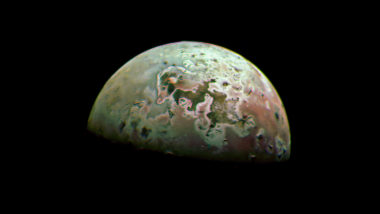
Glowing green and gold, NGC 6822, could teach us a lot about the ancient, metal-poor universe.

It's almost like a stellar toddler sometimes gets into a bad mood and takes it out on a nearby stress ball.

Giant cliffs that encircle Olympus Mons formed when lava flowing down the volcano encountered deep water.

A Southwest Research Institute-led team has modeled the early impact history of Venus to explain how Earth's sister planet has maintained a youthful surface despite lacking plate tectonics. The team compared the early collision histories of the two bodies and determined that Venus likely experienced higher-speed, higher-energy...


NASA's supersonic plane has moved closer to the runway in preparation for its debut flight.
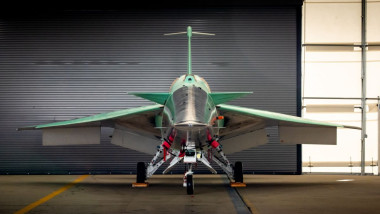
"Sandwiched planet formation" may arise as the result of gas and dust being squeezed between large planets.
This is a journey into the scale of the galaxy we live in, the Milky Way -really well done video
The cold and mysterious Oort cloud at the edge of our solar system may be hiding a rogue planet
"Now, for the first time, the IceCube Neutrino Observatory has produced an image of the Milky Way using neutrinos—tiny, ghostlike astronomical messengers. In an article to be published in the journal Science, the IceCube Collaboration, an international group of over 350 scientists, presents evidence of high-energy neutrino...
Stars this small shouldn't make planets this big.

Let’s not send a few thousand people to Mars as a big experiment in survival....
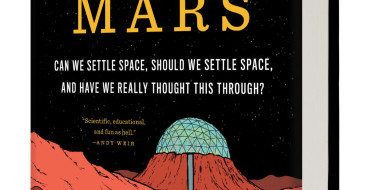
Today, ESA's Gaia mission releases a goldmine of knowledge about our galaxy and beyond. Among other findings, the star surveyor surpasses its planned potential to reveal half a million new and faint stars in a massive cluster, identify over 380 possible cosmic lenses, and pinpoint the positions of more than 150 000 asteroids...

Southwest Research Institute scientists are using telescopes to observe the asteroid Psyche in the infrared, providing context for NASA's upcoming Psyche mission. Dr. Stephanie Jarmak is using the James Webb Space Telescope (JWST) to look for water signatures on the metallic surface of Psyche, while Dr. Anicia Arredondo is using...

Three comets named Hartley, Encke and Tsuchinshan will pass by the sun in the next few months and be visible from Earth. Here’s how you can spot them

Region at centre of Messier 87 galaxy captured by the Event Horizon Telescope in motion

NASA's first asteroid samples fetched from deep space parachuted into the Utah desert Sunday to cap a seven-year journey.
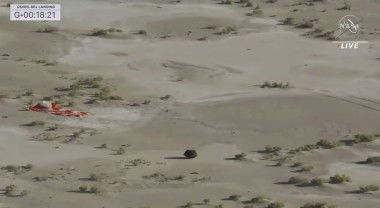
The U.S. Department of Defense wants fresh ideas on how to maintain military superiority in space.
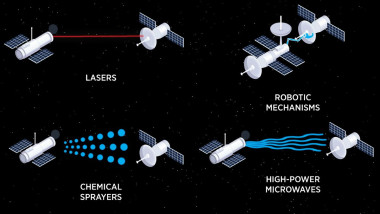
Triton orbits to the beat of its own drum.
